

Josh Nevett
CarExpert's top five mid-size SUV reviews of 2025
4 Minutes Ago
Head-up displays have gone from Top Gun to the Toyota Camry, and are part of a long line of aviation technology that’s been adapted for everyday use on the road.

Contributor


Contributor
Once the domain of fighter jets, head-up displays (also known as HUDs) are a relatively recent development in the automotive space.
HUD technology can trace its origins all the way back to the Second World War, when fighter pilots needed a way to aim and fire at targets without having to constantly look down at their instruments for radar and other information.
The British de Havilland Mosquito was arguably the first aeroplane equipped as such, featuring a piece of glass in the pilot’s eyeline onto which radar and other vital information were projected.
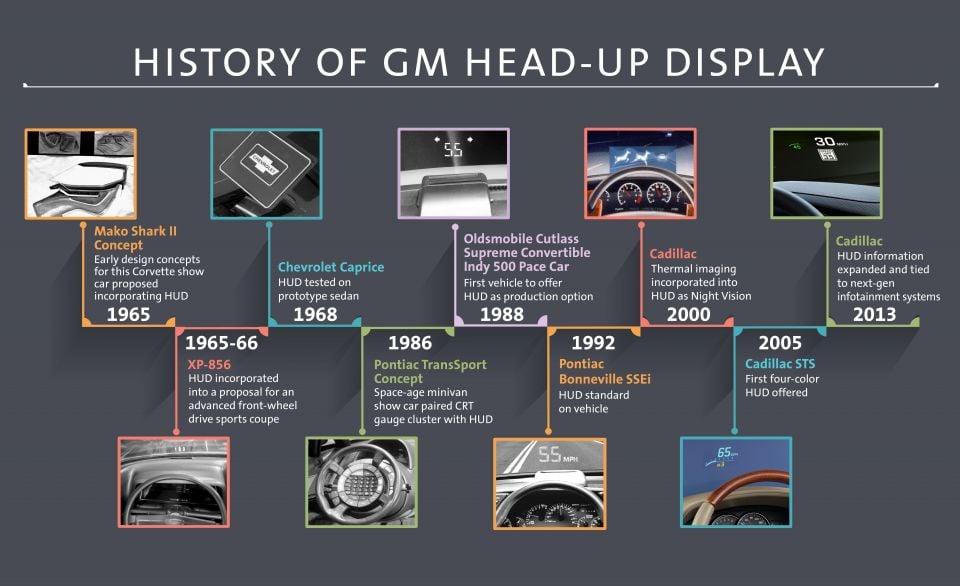
It took several decades for this technology to make its way to the automotive field, with General Motors the first to market. Engineers at the American firm had been considering implementing HUDs as early as the 1960s, as evidenced by concept drawings for the Mako Shark II (that would later develop into the C3 Corvette), but it took a couple more decades for GM to launch them in a production vehicle.
It debuted in 1988 in an initial batch of 50 Oldsmobile Cutlass Supreme Indy Pace Car Edition convertibles. GM then made the feature available in the top-spec Cutlass Supreme International Series and the related Pontiac Grand Prix.

Around the same time, Nissan introduced a head-up display in its Maxima and 240SX, while Toyota followed in 1991 by introducing a head-up display in the Japanese-market Crown Majesta. Australian buyers were able to get a head-up display in the 1993 Nissan Bluebird SSS.
Today, you can find head-up displays in everything from top-spec Kia Seltos and Toyota Camry models to ultra-luxury fare like the Bentley Bentayga and Rolls-Royce Ghost.
Mazda is one mainstream manufacturer that makes head-up displays widely available, marketing them under the name Active Driving Display. You can get one in almost all of its model lines, and it doesn’t limit the feature to only top-shelf variants – for example, every CX-9 comes with one.
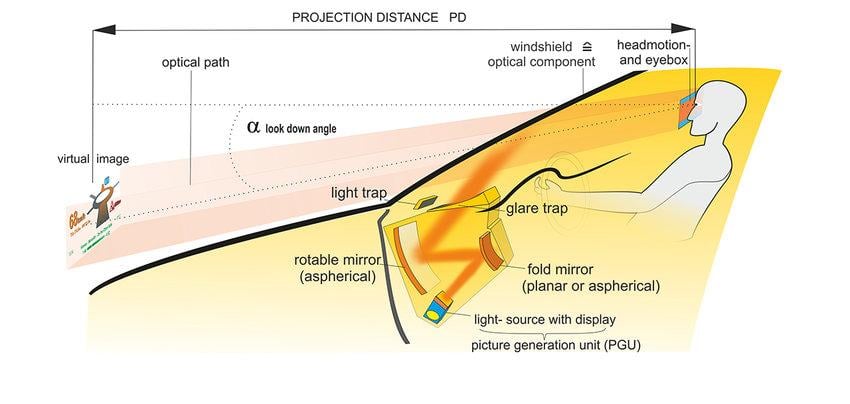
In today’s vehicles, there are two main types of head-up displays: the type that projects information onto a piece of glass or plastic protruding from the instrument cluster, and the slicker type that projects information directly onto the windscreen.
Nevertheless, the fundamental principle of operation is the same across these two implementations. A projector located within the dashboard (usually in a large rectangular cut-out) produces an image that is reflected by a series of mirrors.

These mirrors include a rotatable mirror, which magnifies the initial image produced by the projector, corrects for any distortion and enables the driver to adjust the final position of the image being displayed on the windscreen. Having passed through the rotatable mirror, the image is then reflected by the windscreen (or separate piece of glass/plastic) into the driver’s eyeline.
For systems that directly project their image onto the windscreen, this means a special windscreen must be used that has been engineered with tighter tolerances and in a manner that minimises double reflections.
Practically, this has the consequence that if the car is damaged in an accident, a special windscreen in line with OEM specifications must be used, rather than any third-party replacement that may be more easily sourced.
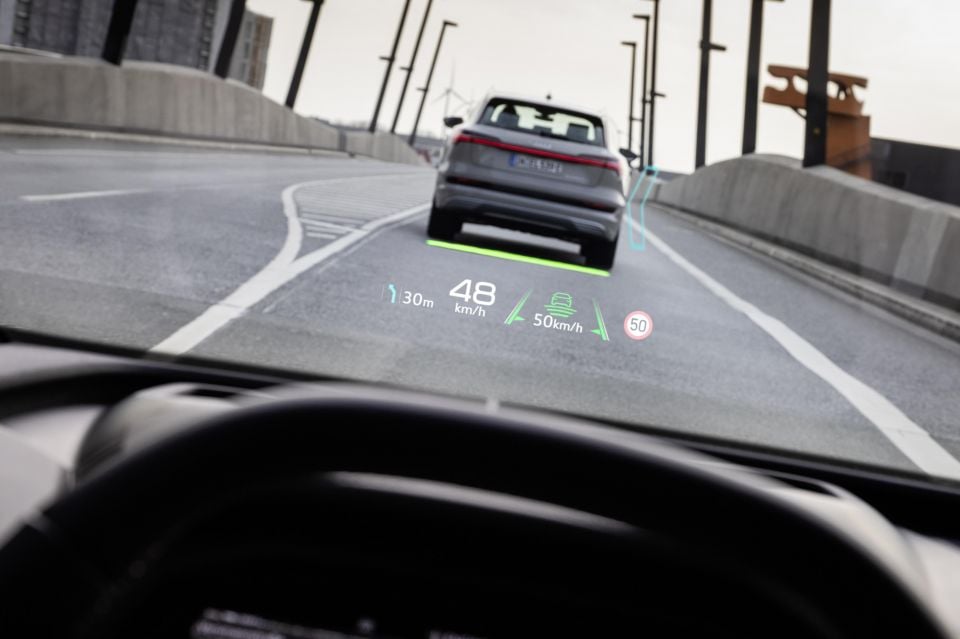
Much like their aviation counterparts, HUDs aim to reduce distraction and maximise visibility by placing key information within the driver’s line of sight, reducing the need for drivers to take their eyes off the road and constantly look downwards at their instrument cluster.
Early head-up displays focused on displaying the speed only, but versions available in cars today are more sophisticated and can display a variety of information.
In addition to speed, this includes everything from the tachometer, selected gear, navigation directions, posted speed limit (as detected by the car’s traffic sign recognition system), information from driving assistance systems (such as adaptive cruise control), and even media information such as the music currently being played.

Affordable aftermarket head-up displays are also now commonly available from various stores including Supercheap Auto and JB Hi-Fi. These are essentially bright LED displays that are placed on your dashboard, and reflect information off your car’s windshield into the driver’s line of sight.
Typically, these aftermarket units are restricted to displaying speed via an in-built dedicated GPS chip, or speed and engine revs if they connect to your car’s OBDII diagnostics port.
Both the Apple App Store and Google Play Store also offer HUD ‘apps’ that claim to offer the same functionality if the user places their smartphone on top of the dashboard, however the effectiveness and usability of these apps is highly debatable.
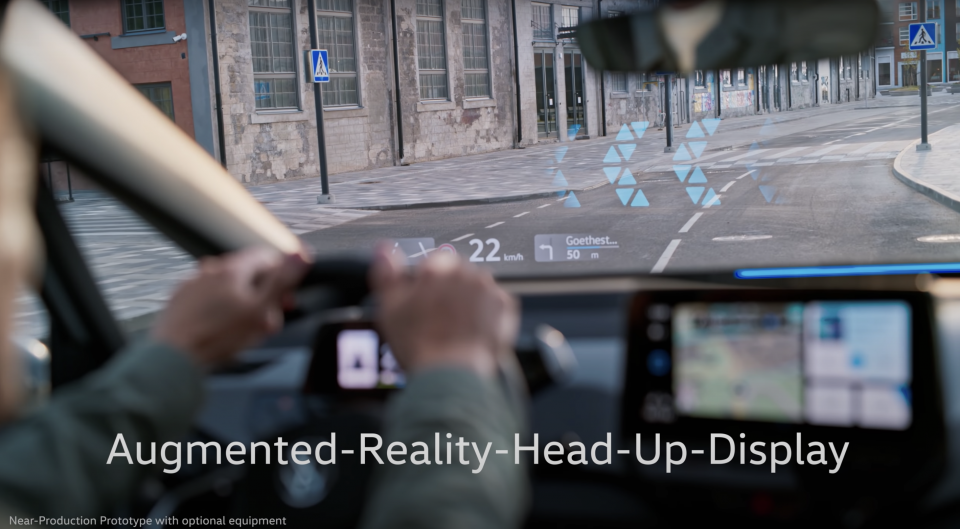
Perhaps the most notable innovation in head-up displays is the integration of augmented reality (AR) technology. For HUDs, this allows everything from navigation directions and even road hazard warnings to be placed as virtual ‘objects’ on the road that the car is being driven on.
For navigation, as an example, directions of where to turn or for which lane to merge into can appear virtually above the actual junction or lane itself, almost in the style of an arcade video game. This, in turn, gives the driver a much better contextual understanding of their driving environment by clearly visualising the actual location of a hazard or navigation direction.
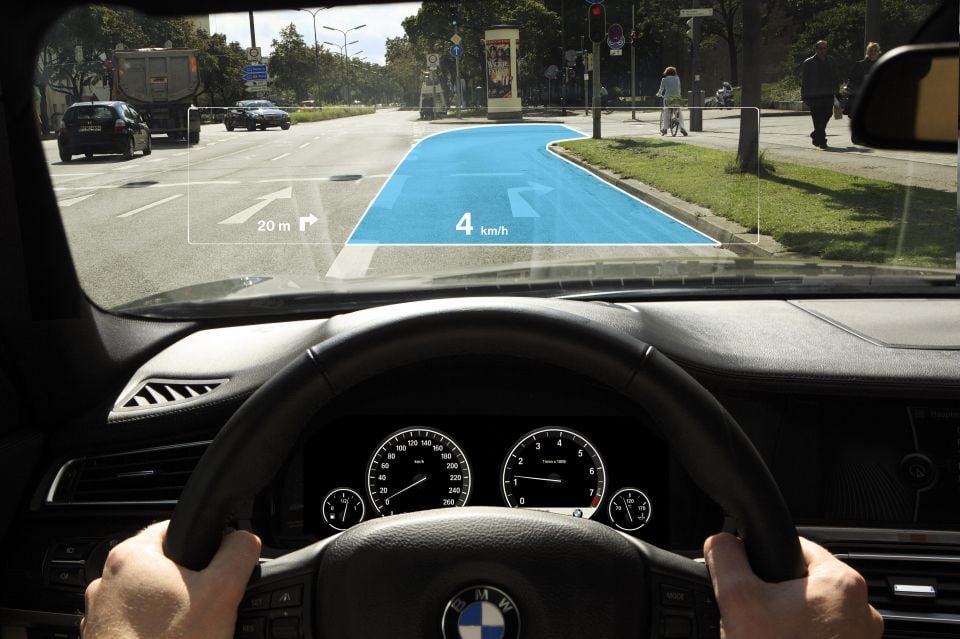
For navigation in particular, integrating AR directly into the head-up display is arguably a more effective solution than overlaying it on top of a live camera feed within the central infotainment system (akin to what certain Mercedes and Genesis models do), as the driver doesn’t have to avert their gaze.
Another, more aesthetic innovation in this space is the gradual introduction of colour head-up displays across the industry, a departure from the usual monochromatic HUDs found in most vehicles.


Josh Nevett
4 Minutes Ago


Max Davies
34 Minutes Ago
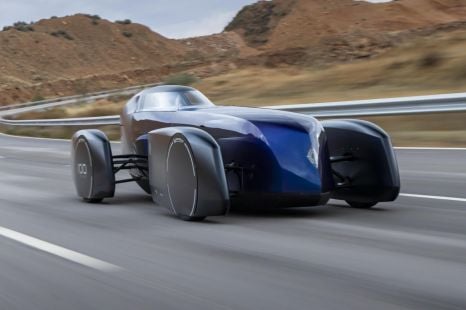

Derek Fung
2 Hours Ago


Max Davies
8 Hours Ago


Damion Smy
16 Hours Ago
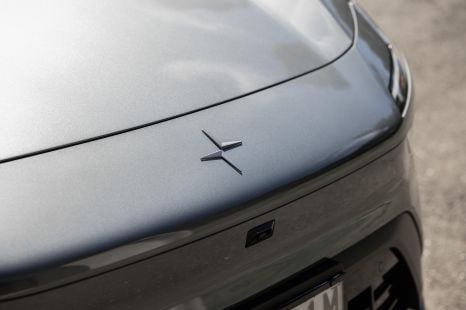

Damion Smy
17 Hours Ago